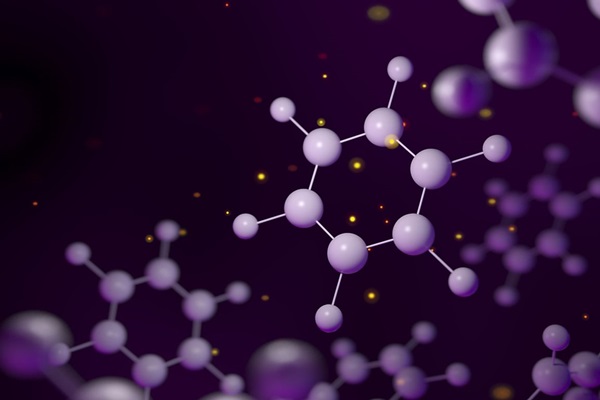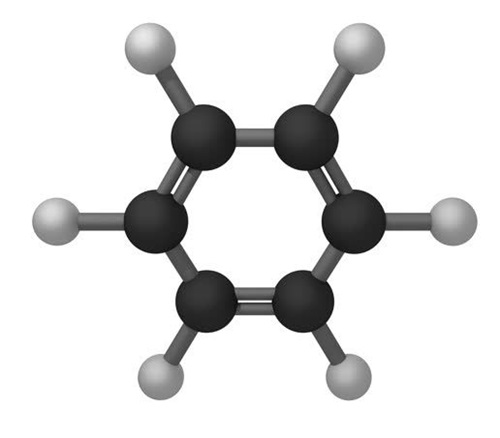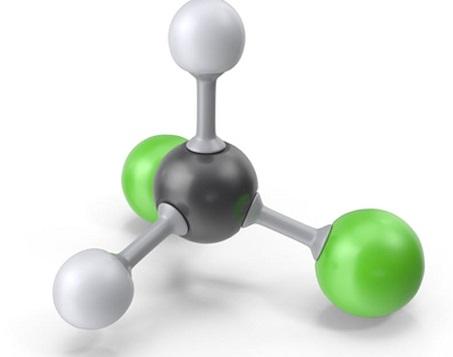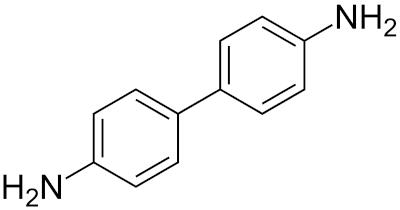Benzene——Environmental Fate
Benzene is a clear, colorless, highly flammable and volatile, liquid aromatic hydrocarbon with a gasoline-like odor. Benzene is found in crude oils and as a by-product of oil-refining processes. In industry benzene is used as a solvent, as a chemical intermediate, and is used in the synthesis of numerous chemicals. Exposure to this substance causes neurological symptoms and affects the bone marrow causing aplastic anemia, excessive bleeding and damage to the immune system. Benzene is a known human carcinogen and is linked to an increased risk of developing lymphatic and hematopoietic cancers, acute myelogenous leukemia, as well as chronic lymphocytic leukemia.
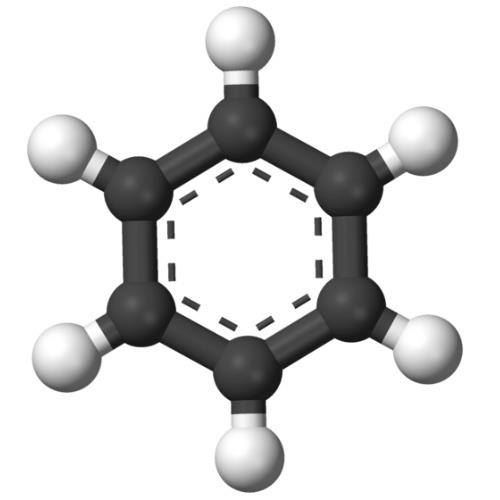
Uses
Benzene is one of the world’s major commodity chemicals. Its primary use (85% of production) is as an intermediate in the production of other chemicals, predominantly styrene (for Styrofoam and other plastics), cumene (for various resins), and cyclohexane (for nylon and other synthetic fibers). Smaller amounts of benzene are used to make some types of rubbers, lubricants, dyes, drugs, synthetic detergents, insecticides, fumigants, solvents, paint removers, and gasoline. Benzene is a natural component of crude and refined petroleum. The mandatory decrease in lead alkyls in gasoline has led to an increase in the aromatic hydrocarbon content of gasoline to maintain high octane levels and antiknock properties.
Environmental Fate
Benzene enters the air, water, and soil as a result of industrial processes, emissions from burning coal and oil, tobacco smoke, gasoline exhaust, and gasoline leaks, and from natural sources, including volcanoes and forest fires. Benzene in the atmosphere chemically degrades in only a few days. Benzene released to soil or waterways is subject to volatilization, photooxidation, and biodegradation. Benzene has a short halflife in surface water because it is so volatile.
Mechanism of Toxicity
Benzene can be irritating to mucus membranes. Dermal exposures can defat the skin’s keratin layer and can result in erythema, vesiculation, and dry, scaly dermatitis. Acute exposures to high concentrations can produce pulmonary irritation and edema, and gastrointestinal irritation (if ingested).
Chronic exposure to benzene produces bone-marrow depression.
Experimental evidence indicates that benzene’s bonemarrow
toxicity is mediated by one or more of its metabolites.
For example, inhibition of benzene metabolism by administration
of toluene or partial hepatectomy protects bone
marrow against benzene damage. Benzene metabolites, such
as 1,2-dihydroxybenzene (catechol), 1,4-dihydroxybenzene
(quinol), and 1,2,4-trihydroxybenzene (hydroxyhydroquinol),
have been shown to inhibit cell mitosis.
The mechanismof toxicity appears to be comprising five key events:
(1) metabolism of benzene to a benzene oxide metabolite in the liver;
(2) interaction of the benzene metabolite with target cells in the bone marrow;
(3) formation of initiated, mutated bone-marrow target cells;
(4) selective clonal proliferation of these mutated cells;
(5) formation of the neoplasm (leukemia).
Related articles And Qustion
Lastest Price from Benzene manufacturers

US $0.00-0.00/kg2025-04-21
- CAS:
- 71-43-2
- Min. Order:
- 1kg
- Purity:
- 99.99%
- Supply Ability:
- 20 tons
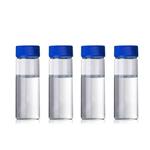
US $2.00/kg2024-12-17
- CAS:
- 71-43-2
- Min. Order:
- 10000kg
- Purity:
- 99%
- Supply Ability:
- 10000000

